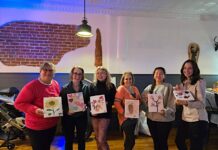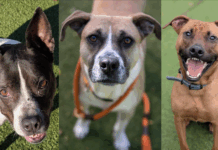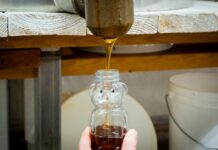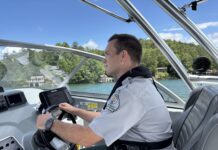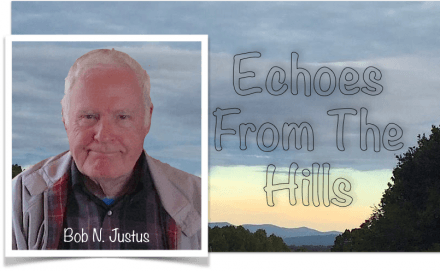
Much has been reported lately about the frequent deployment of our military personnel to trouble spots and news clips showing plane loads of troops coming home. Also, bodies of those slain in battle are flown home in coffins. Huge transport planes now carry hundreds of troops to and from far corners of the earth.
It made me think of how travel by military personnel has progressed from the time I entered the Air Force in 1950. At Fort McPherson, Atlanta, Georgia, after an elderly one star general spoke briefly to 20 or so of us recruits, we were sworn in and departed that day on a train pulled by a puffing steam engine bound for San Antonio, Texas. We took the southern route through New Orleans. I began the first journey of many that crisscrossed our nation from east to west and others that traveled from south to north and north to south. Then and later I saw much of our country and fell in love with it. After retiring I traveled many times to visit, camp, hunt and fish in our American west.

At Lackland AFB, after embarrassing physicals, we received ill fitting uniforms and a 10 minute haircut that left us almost bald. Then, as this base was crowded, a train load of us were sent north to Sheppard AFB, Wichita Falls, Texas. A man collected money and hurried to a whisky store nearby and brought back a case of whisky! Many recruits on that journey probably don’t remember much, except perhaps a terrific headache.
After basic training, again on a train, a sizable group of us rode north to Selfridge AFB, Mt. Clemens, Michigan, to be distributed to various Early Warning Radar stations scanning for any missiles from the USSR. At Bellefontaine, Ohio, I served two years at a radar site on a hill near the town. The people were friendly and our small unit was rather easy in discipline and less formal in military observances.
I crossed the Pacific Ocean, going and coming, all to the Far East – to Japan, Korea, and Philippines – three times by ship. I never had any duties and could enjoy the trip almost like a tourist. On the first voyage, a sailor who settled us in our sleeping bay became a friend. I avoided getting seasick by following his advice. I enjoyed the experience and never once got sick. On a voyage home from Japan, I was in sick bay a couple of days but it was a recurrence of Asiatic flu, from which I had spent a week in a hospital in Korea before heading homeward. I revived to stand on deck and see the coastline outside Seattle show up and then the beautiful bay dotted with islets and boats.

Then air travel became the preferred way to travel. From Travis Air Force Base a chartered Boeing 707 with real live stewardesses flew us to Tan Son Nhut Airbase, Vietnam. I’m amazed at how many planes I rode in and places I visited while in Nam. A C-47, rusty and worn, was my first ride to II Corps located at Pleiku. Then I rode C-130s a few times on hops here and there. Once I got a ride on an Army caribou, a light two engine plane that can land in a cow pasture.
My last flight in Nam was in a C-130 that carried me to the US Army hospital at Saigon. From there a jet flying ambulance flew a load of us patients to Japan. Then – hurrah! – a 707 with lovely ladies to care for us took off from Saigon headed for the USA and home! Oddly enough, today I don’t want to fly! I want to feel both feet on the ground.


